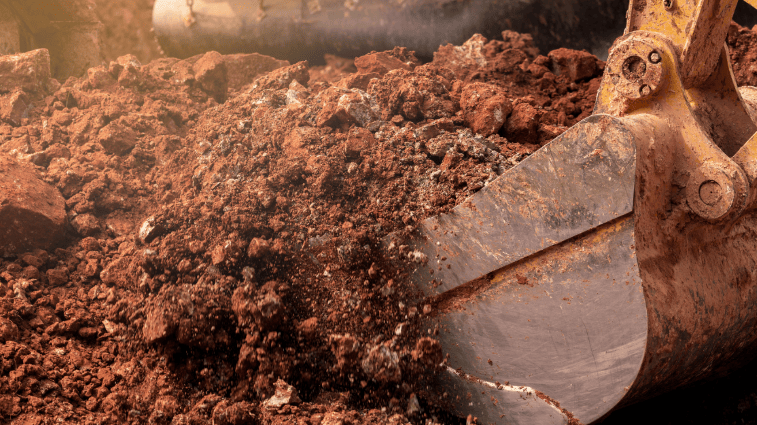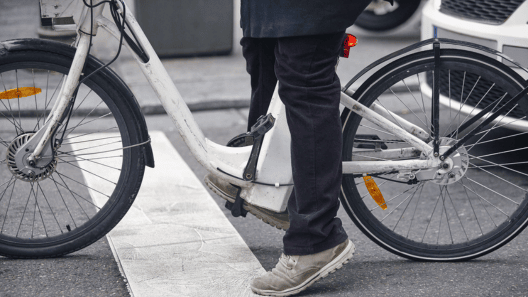
Can You Dig It? NYC DEP Permit Required for All Work Disturbing 20,000 Square Feet of Soil
In the interest of stormwater protection, certain construction projects will now have some extra paperwork to do.
As of April 12, 2022, PW1 Plan/Work applicants whose work will result in
- Soil disturbance of 20,000 square feet or more, or
- In the creation of 5,000 square feet or more of impervious surface
will need to file NYC Department of Environmental Protection (DEP) Stormwater Construction and Stormwater Maintenance Permits.
Soil disturbance may include, but is not limited to, land contour work, clearing, grading, excavation, demolition, construction, re-construction, stockpiling activities or placement of fill.
This system replaces the previous MS4 Construction Permit program that has been in place since 2015, enacted to stop construction-related pollutants, like eroded soil, petroleum, and heavy metals, from contaminating stormwater runoff in MS4 (municipal separate storm sewer system) areas, where sewers carry that runoff to other bodies of water.
However, the new permit requirements are not limited to MS4 areas. Under Local Law 91 of 2020, all projects that meet the above conditions and drain into a city sewer system will have to submit the following:
- Prior to Approval: To satisfy the “DEP Stormwater Construction Permit Required Document” in DOB Now, submit either a DEP Stormwater Construction Permit or a DEP Determination of Non-Jurisdiction; and
- Prior to Sign-off: To satisfy the “DEP Stormwater Maintenance Permit/Notice of Termination Required Document”, submit either a DEP Stormwater Maintenance Permit or a New York State Department of Environment Conservation Notice of Termination (NYSDEC NOT).
This is due to the Unified Stormwater Rule (USWR) that passed in February 2022, which changed requirements for how stormwater is managed on all new and redevelopment sites that use city sewers, not just MS4 sewers.
Notably, one of the USWR changes requires projects to be able to manage the volume of a 1.5-inch rainfall event. This is likely due to the disastrous fallout of Hurricane Ida in Summer 2021, in which record-breaking rain overwhelmed the city sewage systems. Decoder has previously discussed the effects of this event in terms of the need for flood-resilient construction.
All this is to say, qualifying applicants will have to account for this new permitting process, which includes creating a stormwater pollution prevention plan (SWPPP) with a developer, in their project timelines going forward.
For assistance navigating all your permitting needs, please reach out to Outsource Consultants
Resources
- Service Update
- DEP Stormwater Permits
- Decoder – “Rain, Rain, Go Away: Flood-Resilient Construction Post-Hurricane Ida”








